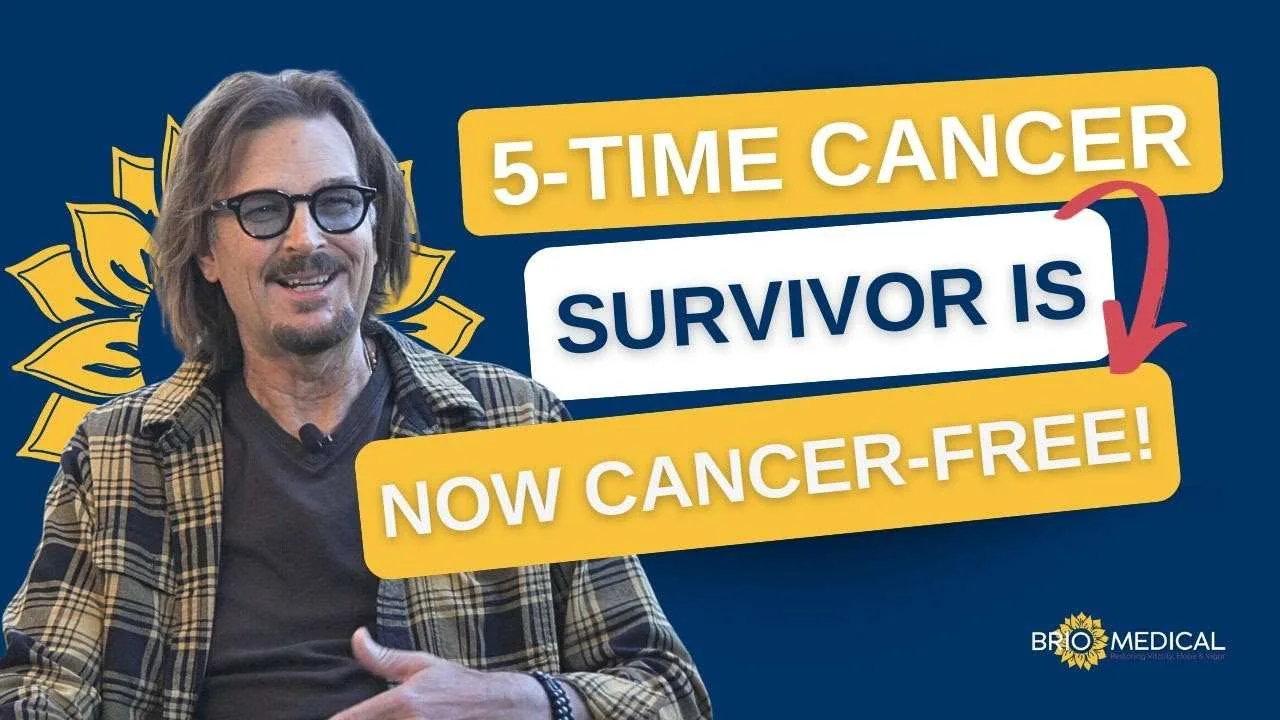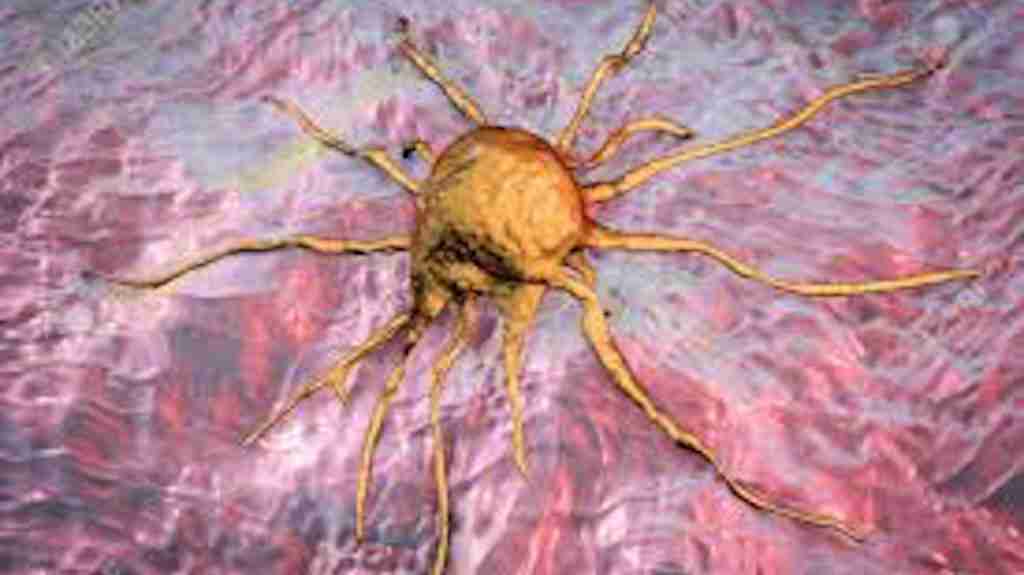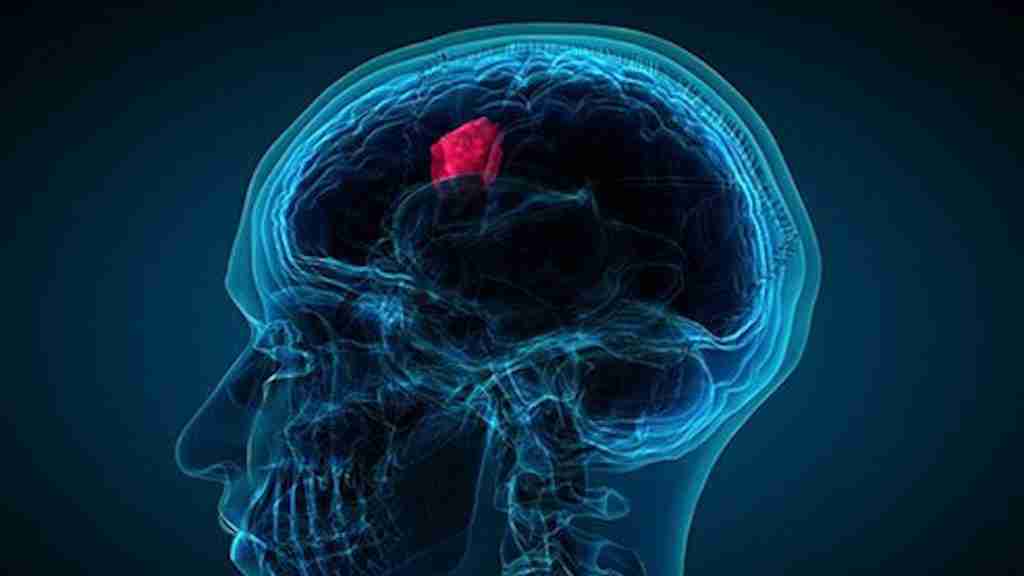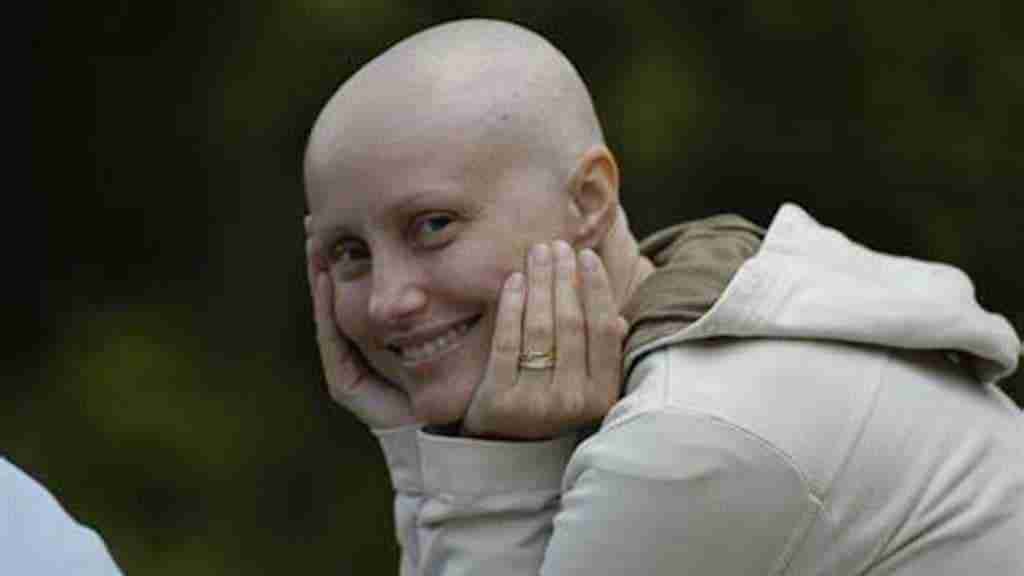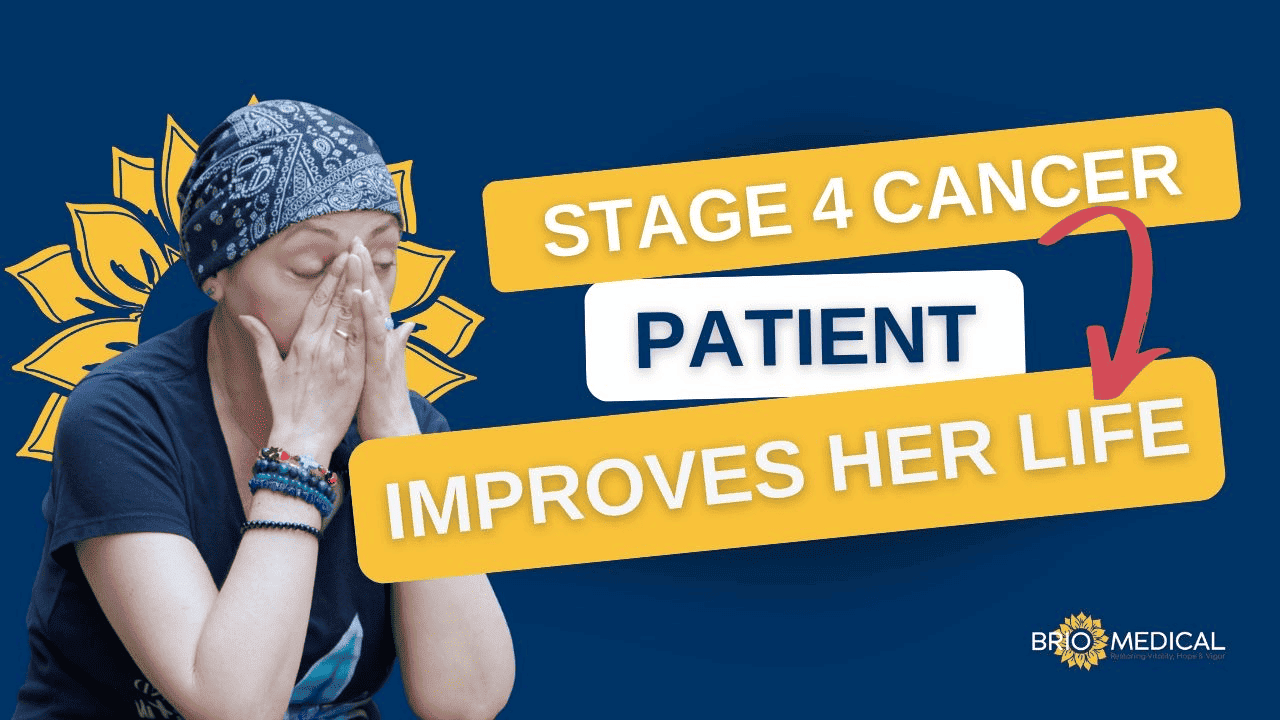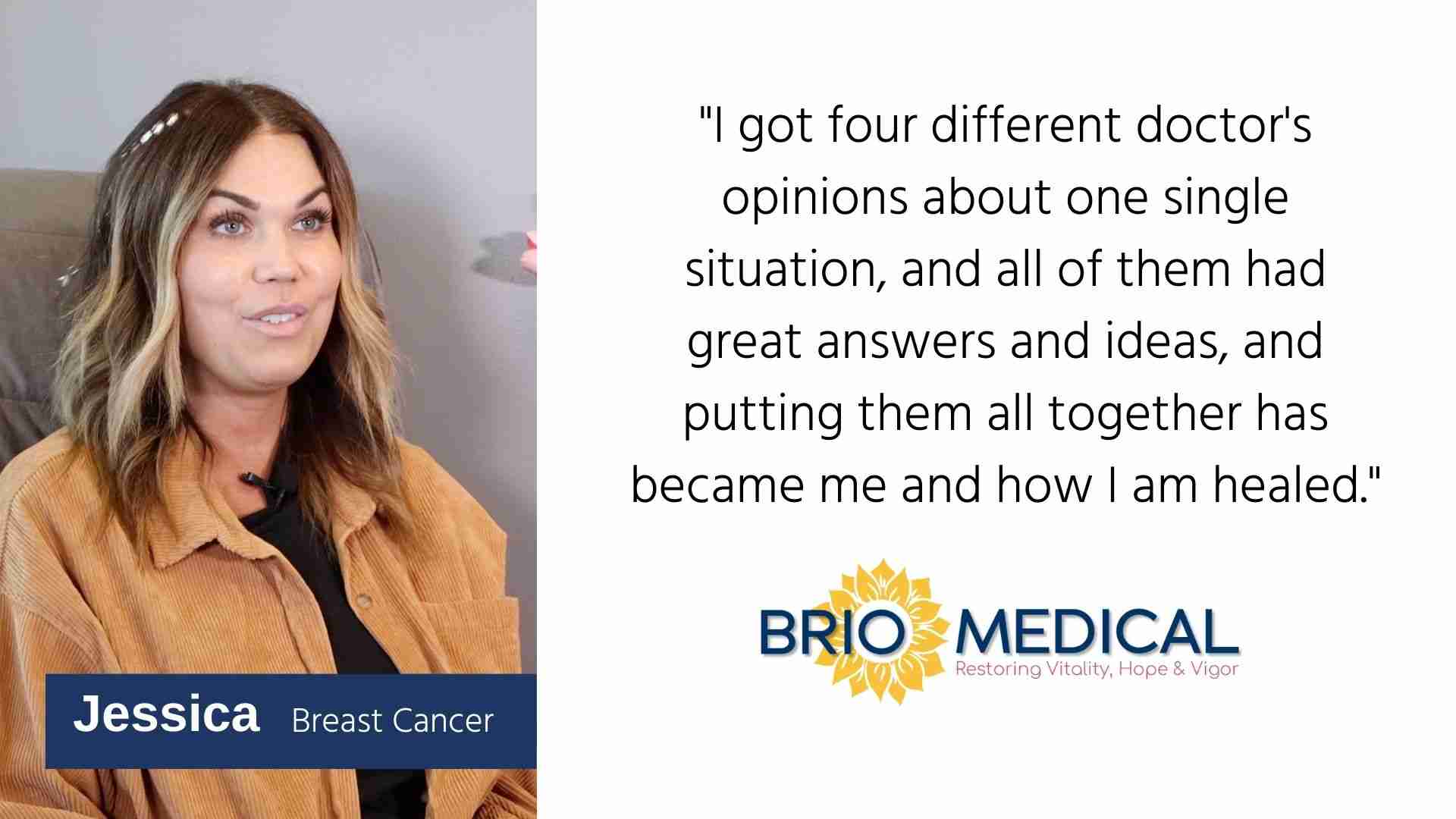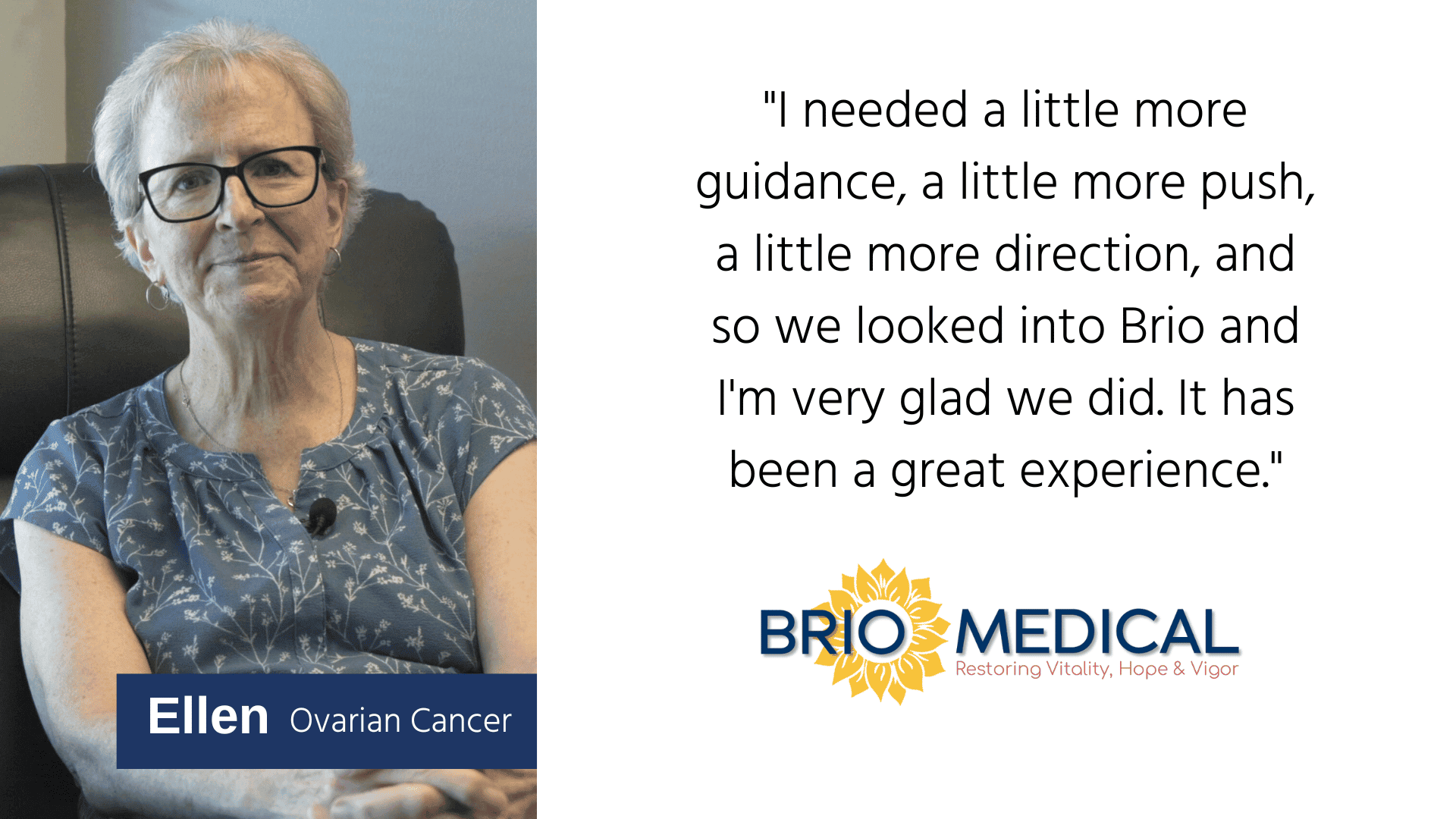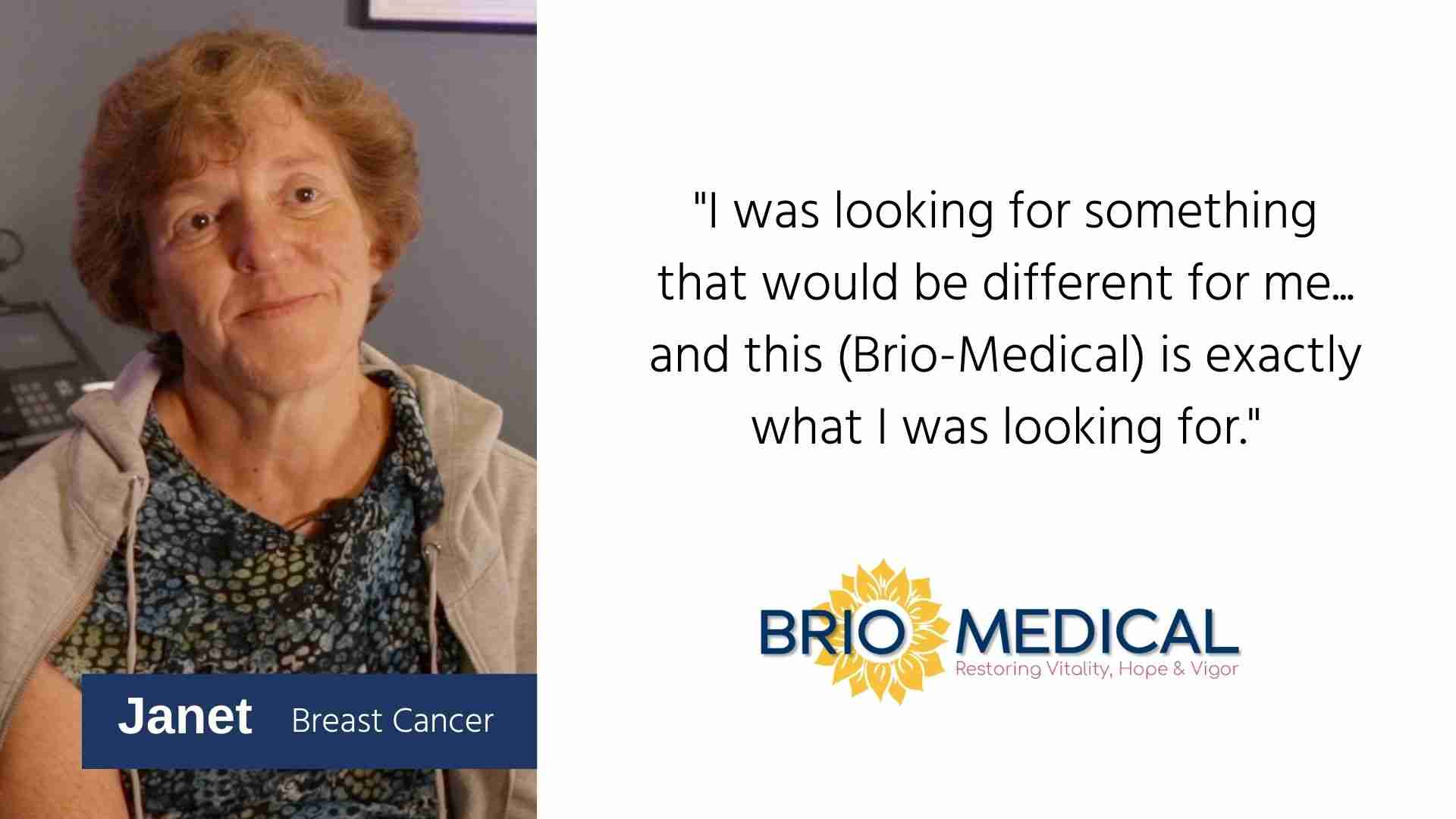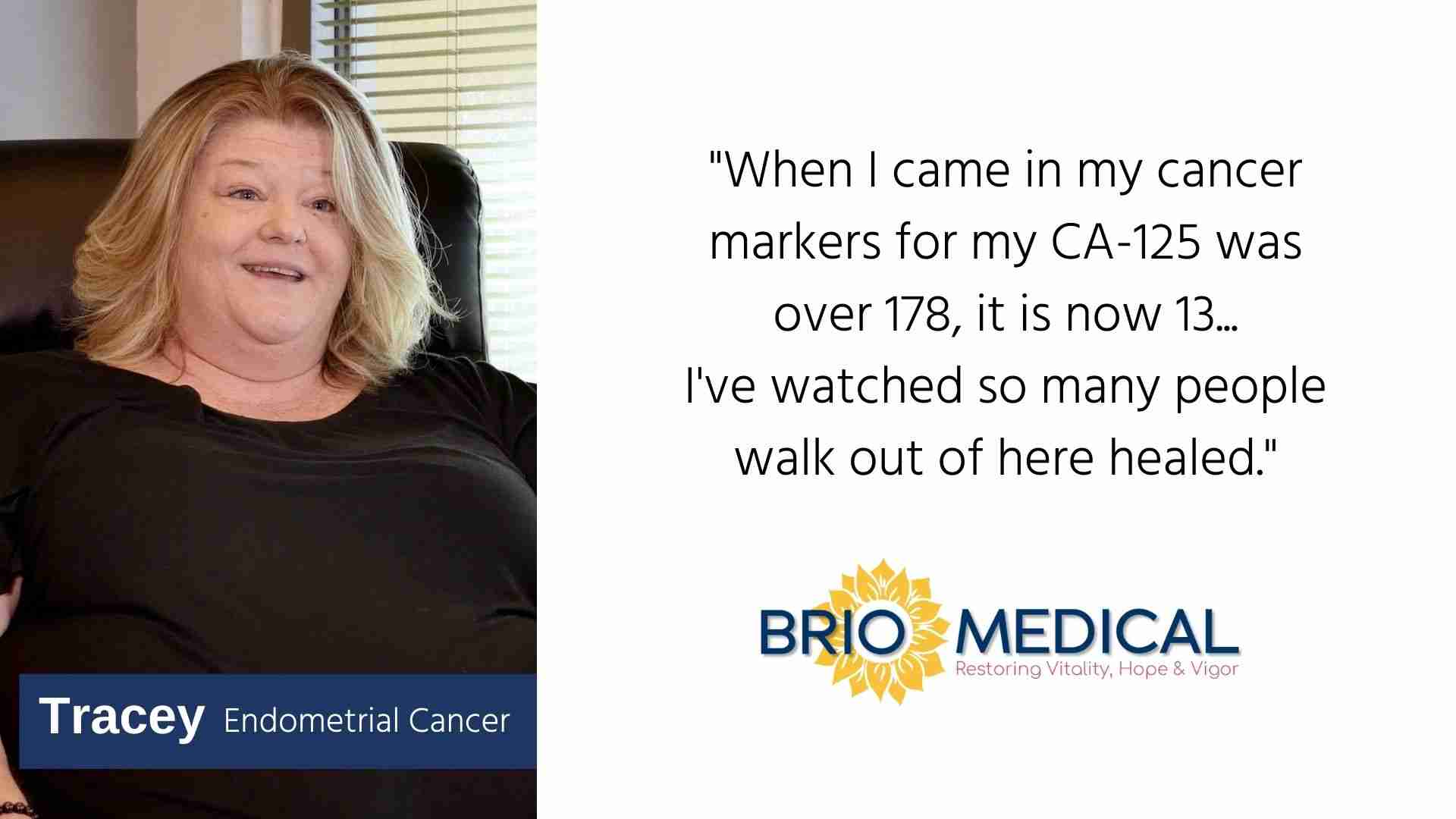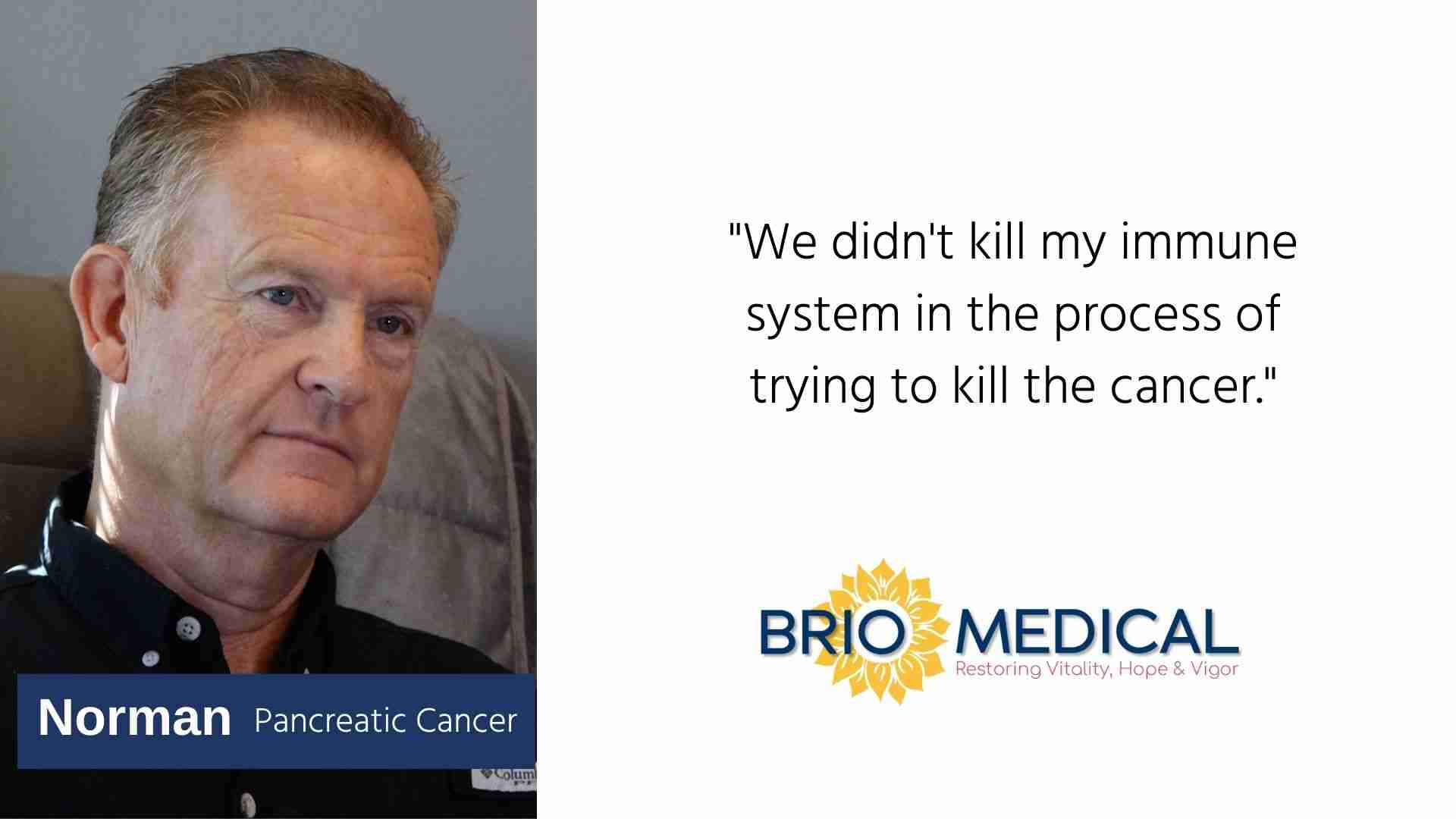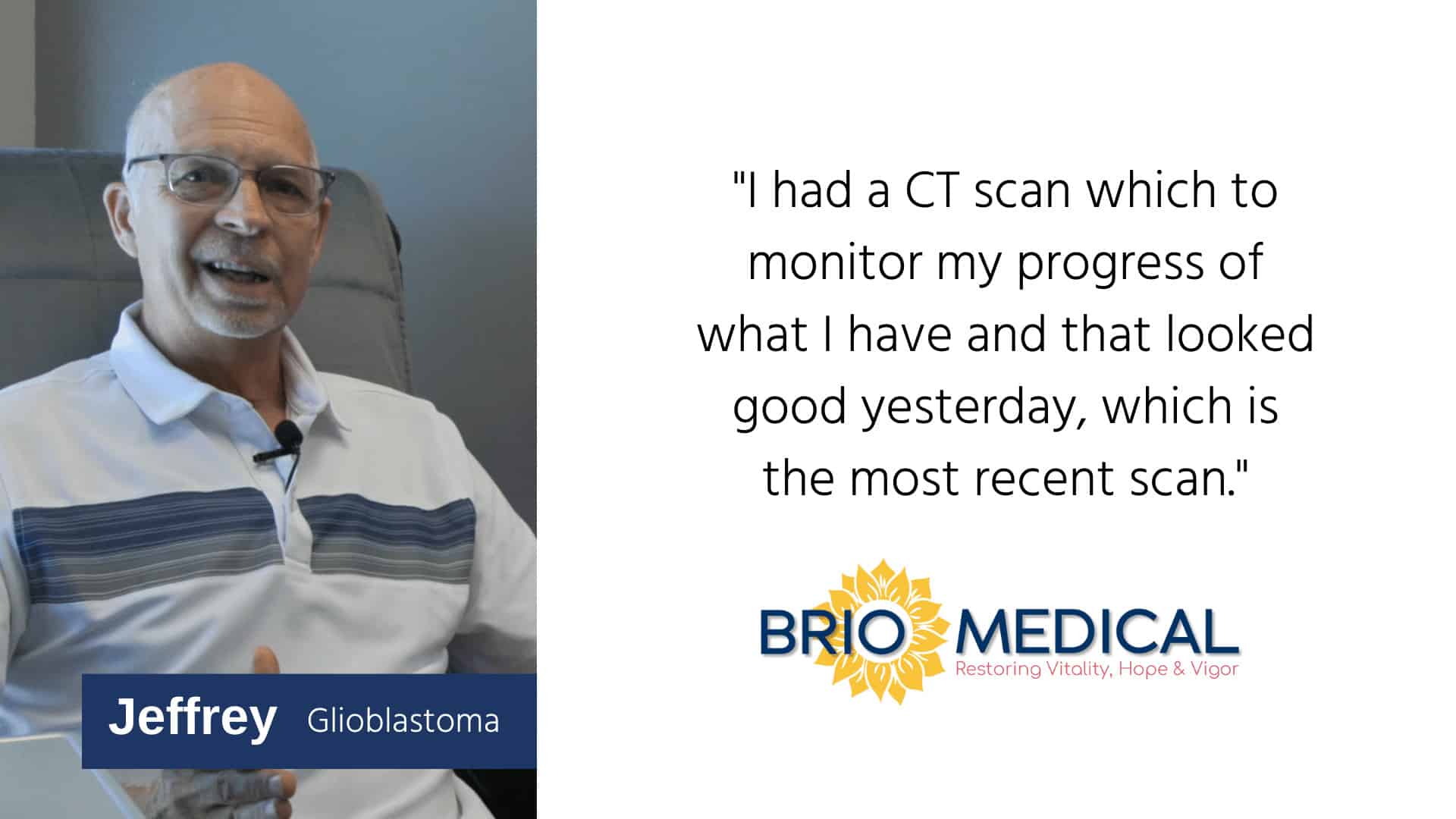Brio-Medical
#1 Integrative Cancer Treatment Center in North America
Welcome to Brio-Medical – Where Healing Begins
Discover An Integrative & Holistic Approach To Cancer Care
Brio-Medical is the premier integrative cancer clinic in North America, dedicated to providing comprehensive and personalized care to patients with all types of cancer at all stages. Our clinic is guided by the expertise of integrative cancer expert Brio-Medical, AZ, a renowned authority in integrative medicine.
The flagship program at Brio-Medical is the 7-Week Integrative Oncology Program, specifically designed to evaluate each patient's unique condition and develop a personalized treatment plan that focuses on the root causes of their cancer. Over seven weeks, our team of experienced integrative physicians, holistic specialists, and mind-body therapists worked closely with patients to implement a holistic, multidimensional healing approach.
The intensive cancer program encompasses a range of evidence-based treatments and therapies, including conventional cancer therapies, alternative and complementary therapies, lifestyle modifications, and supportive care. Patients receive individualized attention and support, ensuring their specific needs and goals are met throughout the program.
Exclusive Access to Advanced Therapies: Experience cutting-edge treatments like Whole-Body Hyperthermia, Low-Dose Metronomic Chemotherapy, and Personalized Peptide Therapy in Scottsdale, AZ, requiring no need for international travel to access world-class cancer care.
State-of-the-Art Facility: Our clinic is equipped with the latest medical technology, ensuring every patient receives the most advanced care possible.
Multi-Disciplinary Team: Our team of experienced oncologists, naturopaths, nutritionists, and support staff work together to create a comprehensive, personalized treatment plan for each patient.
Transforming Cancer Care With A Holistic Approach
At Brio-Medical, we're dedicated to offering innovative cancer treatments that align with a holistic health philosophy. Our non-toxic therapies are carefully selected to ensure they support the body's natural healing processes while effectively targeting cancer cells.
Within the Integrative Oncology Program, patients have access to 100+ advanced, non-toxic therapies to support our patients in their fight against cancer. Each treatment is selected for its unique ability to target cancer cells, support the immune system, and promote overall well-being.
Whole-Body Hyperthermia: This innovative therapy uses controlled heat to enhance the effectiveness of traditional treatments, targeting cancer cells while preserving healthy tissues.
Low-Dose Metronomic Chemotherapy: A refined approach to chemotherapy, this treatment minimizes side effects and maintains quality of life, while effectively targeting cancer cells.
Personalized Peptide Therapy: Tailored to each patient, this therapy uses specific peptides to stimulate the body's immune response against cancer cells, offering a targeted and personalized approach to treatment.
pH Neutral High Dosage Vitamin C Therapy
At Brio-Medical, we recognize the evolving landscape of cancer treatment and continuously seek innovative methods to enhance patient care. One such advanced therapy is the pH Neutral High Dosage Vitamin C treatment, administered in dosages of up to 200 grams. This therapy represents a significant leap forward in integrative cancer care.
The Science Behind the Therapy: Vitamin C, known for its antioxidant properties, becomes a pro-oxidant at high dosages, specifically targeting cancer cells. The high-dosage Vitamin C therapy, when administered intravenously, achieves serum concentrations that are not obtainable through oral ingestion.
pH Neutral Formulation: The pH-neutral formulation of this Vitamin C therapy minimizes the risk of gastrointestinal distress and other potential side effects, making it safer and more tolerable for patients undergoing treatment.
Targeting Cancer Cells: High levels of Vitamin C generate hydrogen peroxide in the extracellular space. Unlike normal cells, many cancer cells lack the ability to break down hydrogen peroxide, which leads to their damage or death, sparing healthy cells in the process.
Selective Toxicity to Cancer Cells: The therapy targets cancer cells without harming normal cells, a significant advantage over conventional treatments.
Boosting the Immune System: Vitamin C is crucial for immune system function, potentially aiding the body’s natural defenses against cancer.
At Brio-Medical, pH Neutral High Dosage Vitamin C therapy is part of our comprehensive approach to cancer treatment. It embodies our commitment to offering therapies that are both innovative and patient-centric, focusing on improving outcomes and quality of life for our patients.
Non-toxic Holistic Cancer Treatments
Methylene Blue IV Therapy: Methylene Blue IV Therapy uses the properties of Methylene Blue, a compound known for its potential to enhance mitochondrial function and energy production in cells. This therapy aims to improve cellular respiration and has shown promise in targeting cancer cells.
Curcumin IV Therapy: Curcumin is the active component in turmeric and is renowned for its anti-inflammatory and antioxidant properties. When administered intravenously, Curcumin's bioavailability is significantly enhanced, allowing for more effective targeting of cancerous cells.
CBD IV Therapy: CBD, or Cannabidiol, is used in an intravenous form to maximize its therapeutic potential. CBD is recognized for its ability to alleviate pain, reduce inflammation, and potentially exhibit anti-cancer properties. Patients often report reduced anxiety, improved pain management, and a sense of overall calmness.
EBOO (Extracorporeal Blood Oxygenation and Ozonation): EBOO is a form of ozone therapy that involves drawing blood from the patient, enriching it with ozone, and then reinfusing it. This process is believed to inactivate viruses, bacteria, and fungi and detoxify the blood. EBOO can improve circulation, boost the immune system, and enhance the body's ability to fight cancer.
Hyperbaric Oxygen Therapy Focused on breathing pure oxygen in a pressurized environment. Hyperbaric Oxygen Therapy increases the oxygen your blood can carry, promoting healing and fighting infection.
At Brio-Medical, we understand that every patient's journey is unique. Our diverse range of therapies ensures that we can tailor a treatment plan suited to your specific needs and health goals. Our team of experts is dedicated to providing compassionate, individualized care in a state-of-the-art facility.
Early, Late-Stage, & Metastatic Cancer Specialists
At Brio-Medical, we stand at the forefront of cancer treatment by embracing a science-based approach that addresses the root causes of cancer across all stages and types.
Our philosophy is grounded in harnessing the natural killing power of the body's immune system, targeting cancer cells while preserving the body's integrity and health. This approach marks a significant departure from conventional oncology options, which often rely on surgical intervention, radiation, and full-dose chemotherapy - treatments that can lead to extensive destruction and harm to the body.
Experience the Journey Through Our Patients' Eyes
At Brio-Medical, we believe in the power of patient experiences to inspire, educate, and give hope. Our patient testimonials are more than just stories; they are personal journeys of resilience, courage, and triumph. Here, you'll find heartfelt accounts from individuals who have navigated the challenges of cancer and found support, care, and innovative treatment at Brio-Medical.
Learn how Brio-Medical helped patients choose "Hope Over Fear."

